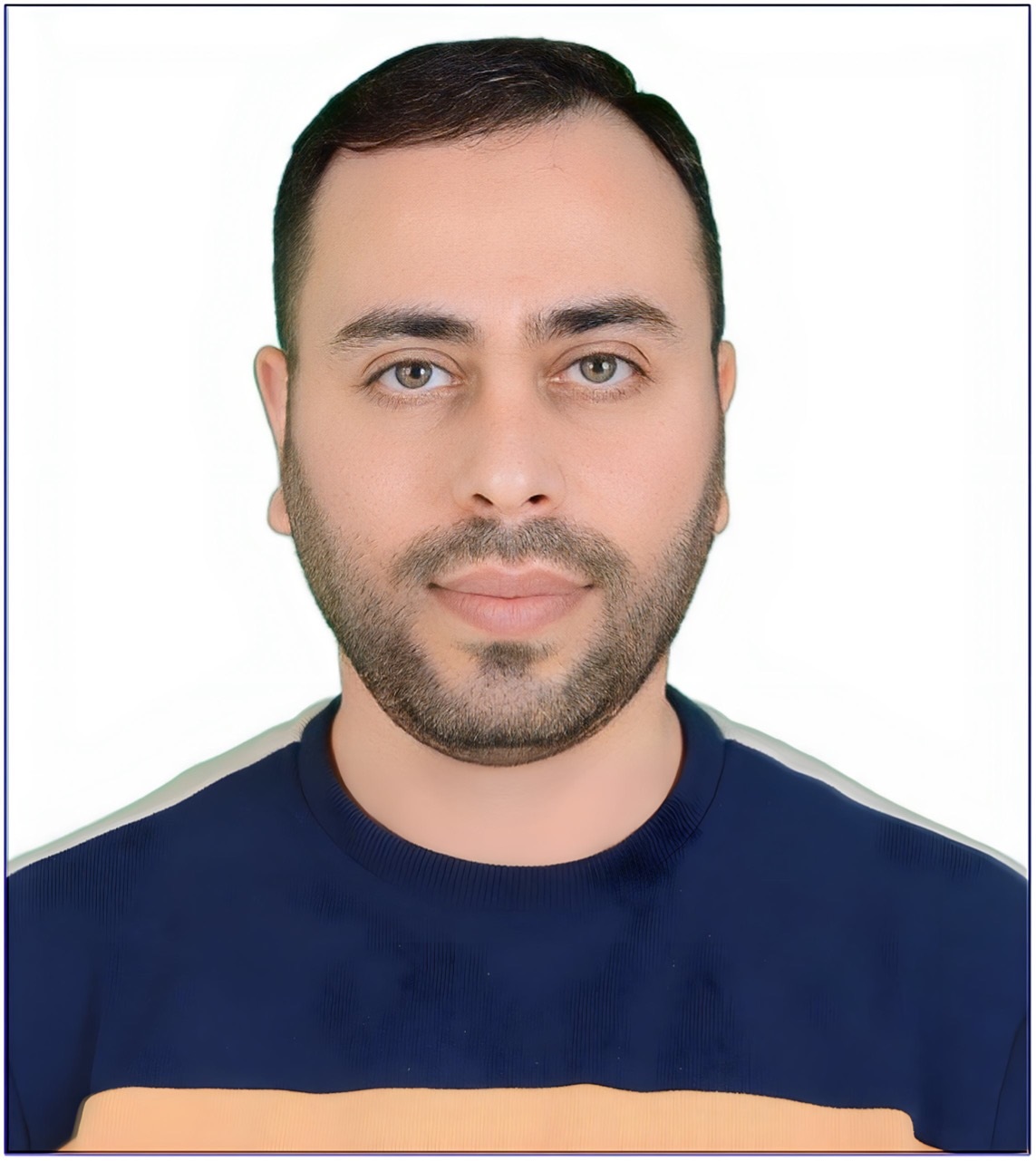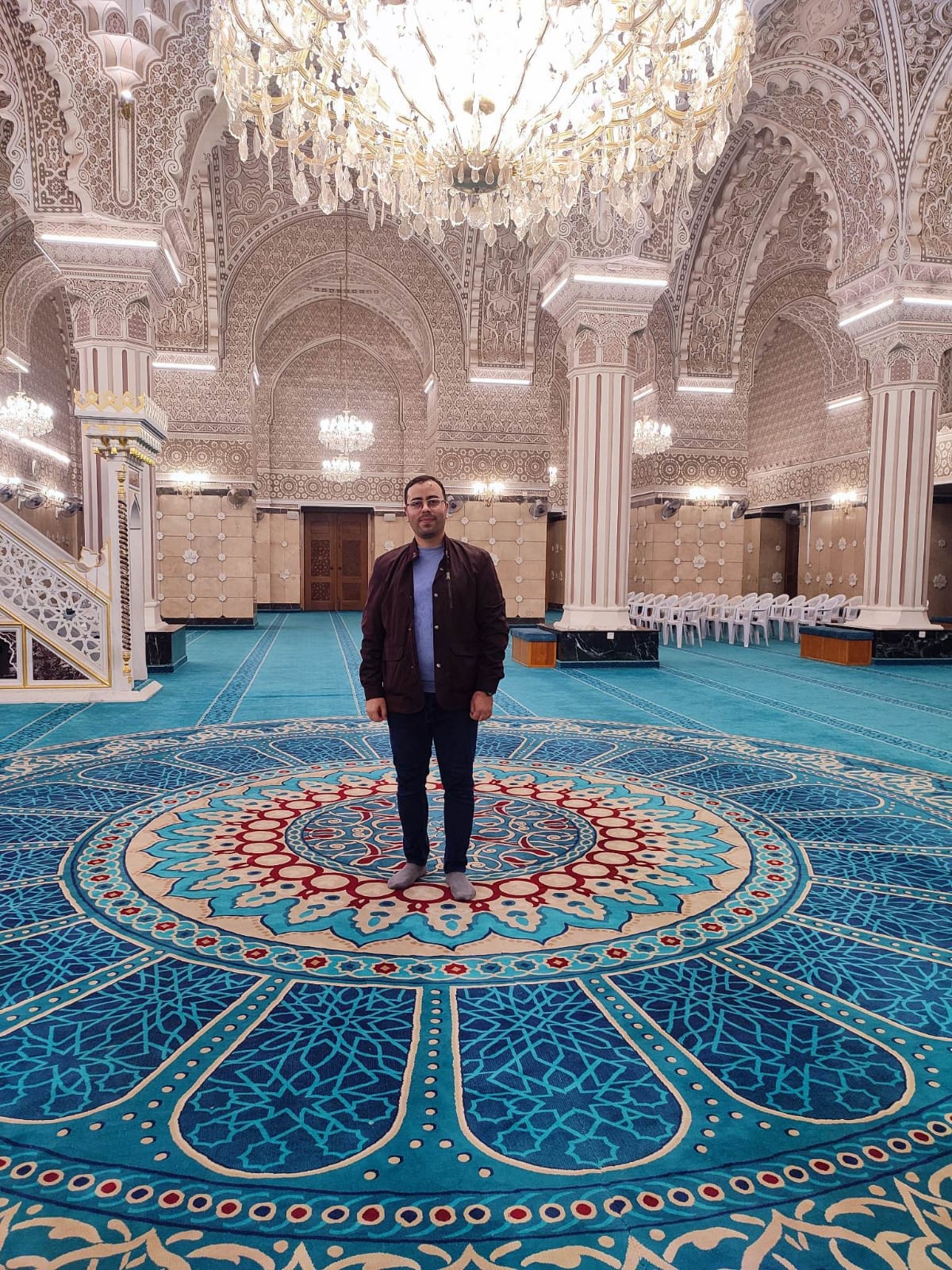
Ahmed Saeed Ibrahim Al-Obaidi
Research InterestsMachine learning
Deep learning
biomedical engineering
bio-signal analysis
| Gender | MALE |
|---|---|
| Place of Work | Presidency |
| Position | Data and Information Division Officer |
| Qualification | Master |
| Speciality | medical instrumentation technology engineering |
| ahmedsaeed@ntu.edu.iq | |
| Phone | 07718662785 |
| Address | Iraq, Mosul, Al-Shalalat Street, Ninevah, Mosul, Iraq |

Skills
biomedical enginnering (90%)
Artificial intelligence (85%)
Machine Learning (80%)
Publications
Intelligent saline controlling valve based on fuzzy logic
Jul 25, 2024Journal Journal of Engineering and Applied Science
publisher Springer Berlin Heidelberg
Valve control for patients feeding saline is a sensitive issue. Such a valve is used to control the amount of important fluid entering the body. In this paper, we present an intelligent method based on fuzzy logic (FL) to deliver drugs and nutrients to patients through intravenous catheters. The proposed method is called intelligent saline controlling valve (ISCV) and relies on three inputs and two outputs. Specifically, the fluid’s drip, pressure, and the number of available bubbles are the three-valve inputs that control the two outputs which are the opening and closing. In other words, the ISCV controls the feeding saline for medical purposes. The obtained results show the success of the proposed method.
Exploring CIE Lab Color Characteristics for Skin Lesion Images Detection: A Novel Image Analysis Methodology Incorporating Color-based Segmentation and Luminosity Analysis
Feb 18, 2024Journal Fusion: Practice and Applications (FPA)
publisher Springer Berlin Heidelberg
Volume 15
Interpreting arabic sign alphabet by using the deep learning
Dec 15, 2023Journal AIP Conf. Proc.
Sign Language (SL) is a communication method between people. It is an essential language for the people who have. the disabilities of deaf and dumb, it can be considered as their mother tongues. Hand gestures form the nonverbal communication of this language. Interpreting Arabic Sign Alphabet (ASA) is focused in this study and as a case study the alphabet of Iraqi Sign Language (IrSL) is carried out with the help of specialists in the “Al-Amal Institute for the Deaf and Dumb”. A new ASA dataset of various hand gestures was created and adopted. In addition, a deep learning model named the Deep Arabic Sign Alphabet (DASA) is proposed. It is a developed version of the Convolutional Neural Network (CNN). It has the ability to efficiently interpret the ASA. As a result, a high interpretation accuracy of 96.12% is achieved
Skin Cancer Detection Using K-Means Clustering-Based Color Segmentation
Mar 26, 2023Journal Texas Journal of Engineering and Technology
Approximately 75% of all cancers are found on the skin. Due to its high mortality rate, Skin cancer (SC) must be treated immediately after detection. SC, in fact, results from abnormalities in the skin's surface. In spite of the fact that most people who have SC make a full recovery, this disease remains a major source of anxiety for the general public. Most SCs develop only locally and invade surrounding tissues, but melanoma, the rarest form of SC, may move throughout the body via the bloodstream and lymphatic system. in this study k mean algorithm and color space has been used to detect melanoma skin cancer. The data set used has been obtained from Kaggle skin cancer collection challenge. The input image has been changed to color space, k mean clustering algorithm was used to cluster the image into three clusters and return an index corresponding to each cluster then the a’b’ layers have been used as image clusters and l layer has been used to detect the exact part of the image.






